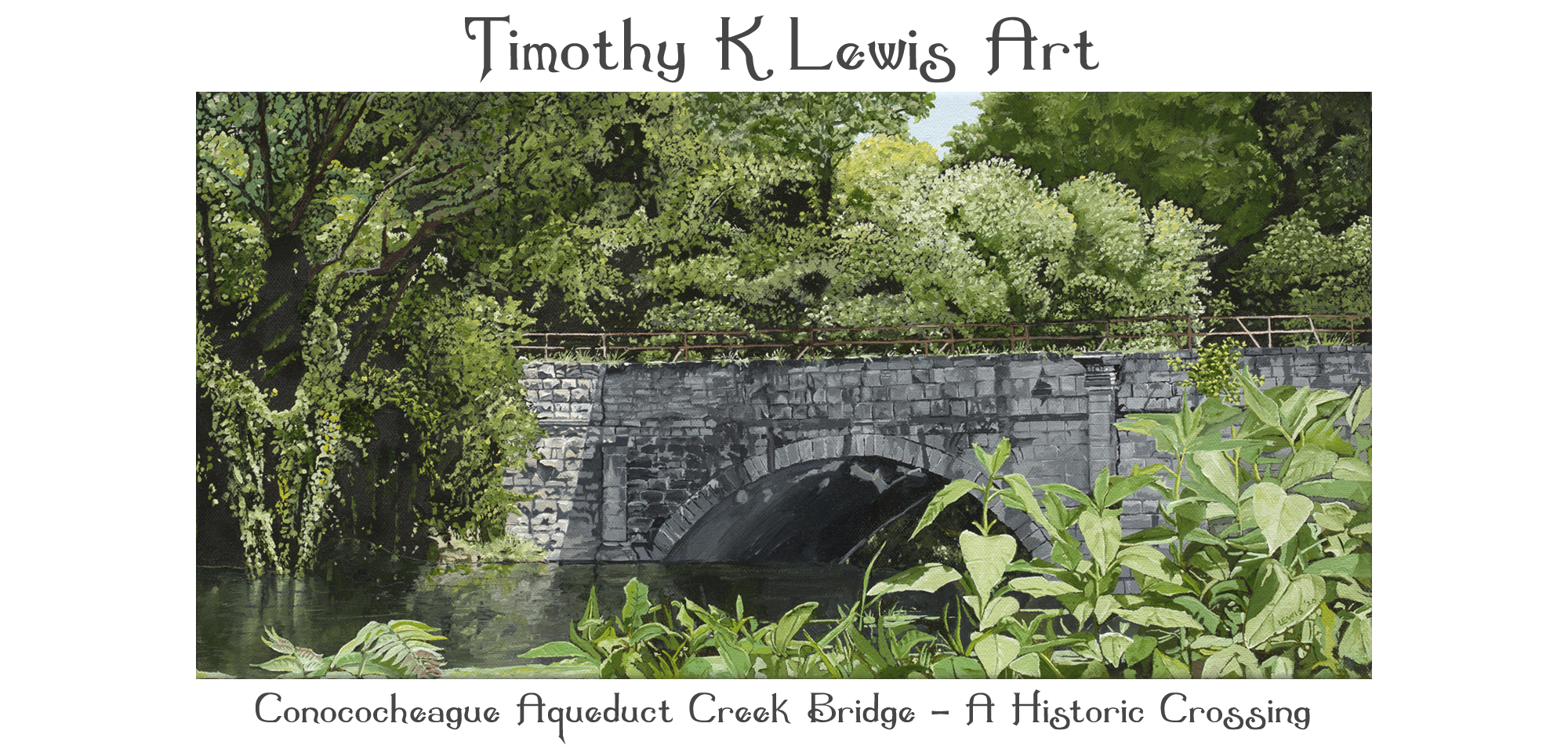
Resting Place on the Santa Fe Trail by Timothy K Lewis, 48″ x 108″ Oil on Canvas (2015)
About This Painting – Resting Place on the Santa Fe Trail
This painting depicts a real site that was an ideal resting place along the Cimarron Route on the Northern New Mexico high plains, about 8 miles Northeast of Fort Union. This location is about 90 miles north of Santa Fe, New Mexico. Wagon wheel ruts lay in the forefront as a reminder of the once traveled highway below the great sky of New Mexico.
A temporary pond leftover from a recent rain feeds three old trees that provide shelter with surrounding wood for a fire.
Sizes and Prices:
32″ x 72″ Limited Edition of 100, Archival Reproduction, Oil on Canvas
Unframed: $2,750.00
Framed: $4,400.00
22″ x 48″ Limited Edition of 100, Archival Reproduction, Oil on Canvas
Unframed: $2,250.00
Framed: $2,995.00
Symbolism in Resting Place on the Santa Fe Trail

Close-ups of the black crow and inscription on the log in Resting Place on the Santa Fe Trail by Timothy K Lewis.
The black crow positioned on a large rock is a representation of time past, present, and future; this artist’s version of “Time is fleeting” as described by David in Psalms 39, “O Lord, make me know my end and what is the measure of my days; let me know how fleeting I am!”
There is an inscription on the log is “Ephesians 2: 8-9” left as a memorial by a God-fearing and loving Christian who once passed by this spot during a time long ago.
A Brief History of the Santa Fe Trail

Wagon Trains on the Santa Fe Trail
The Santa Fe Trail (established in 1821) linked 900 miles of open plains, mountains, and desert. It spanned from Independence, Missouri to Santa Fe, New Mexico.
The trail was used primarily for commerce. There were two trails to travel; the Cimarron Branch and the Mountain Branch. The Santa Fe Trail was largely traveled by covered wagon trains bringing goods and supplies for trade or sale.
The journey took months and often the travelers encountered such hardships as:
- Extreme weather conditions
- Diseases
- Attacks by Indians (including but not limited to: Kiowa, Comanche, Cheyenne, Arapaho, and Apache)
- Arrests by Spanish soldiers
- Being stripped of their supplies, and/or increased import duties by the Mexicans.
It was traveled by the Spaniards, Mexicans, French, and Americans who would often seek resting places and encampment at spots where there was cover or shelter from the weather, wood for burning, and water suitable for drinking.
Much of the travel was done alongside creeks, springs, and rivers: Missouri, Arkansas, Cimarron, and Rio Colorado (Canadian River). Travel through the high plains would distance their water source.
Use of the trail continued until 1880, at which time the Atchison, Topeka, and Santa Fe Railway (ATSF) changed travel altogether.
Wagon Train wheel ruts along certain parts (especially the open plains) are still present and can be seen with the naked eye. What has been left behind is landmark evidence and the memory of a booming frontier highway of commerce. The Santa Fe Trail now passed into the history of the old frontier.
